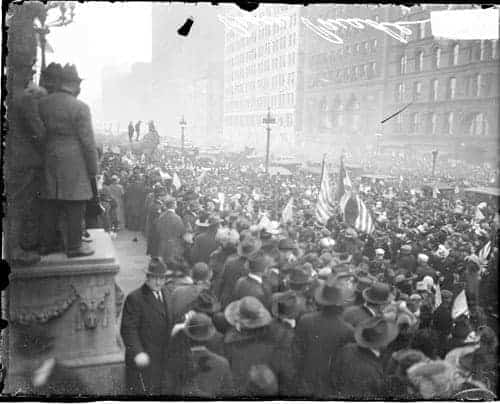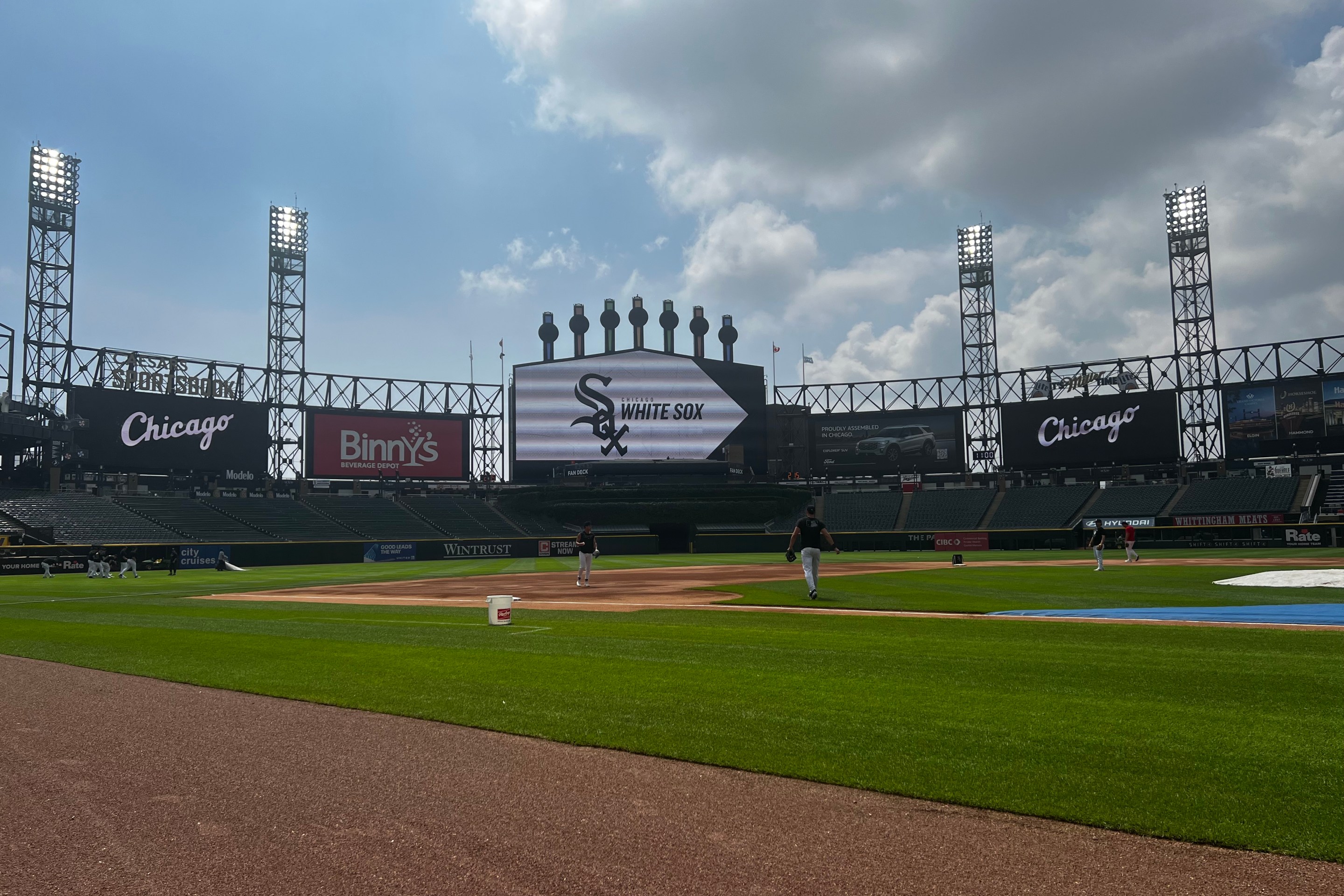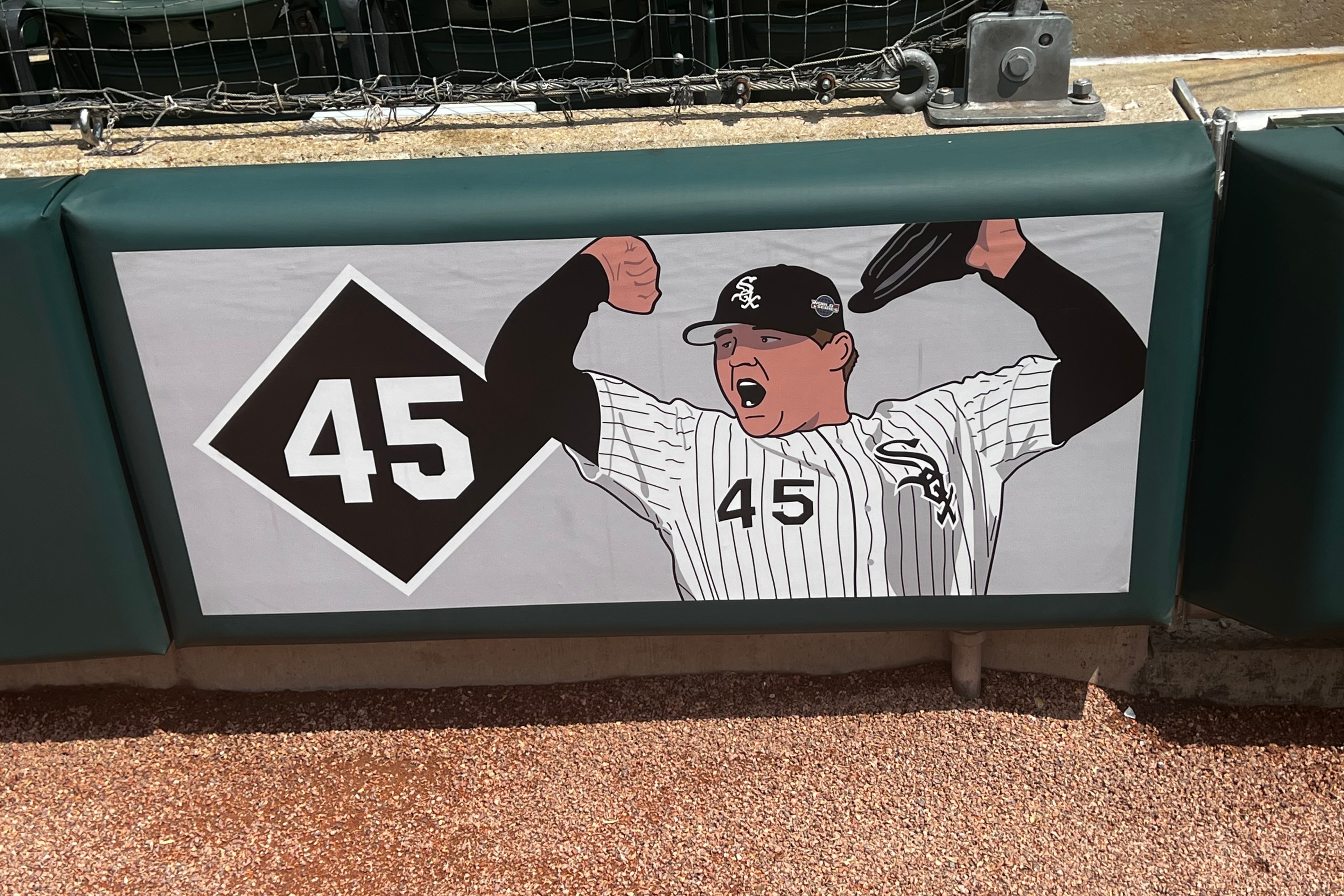Today marks the 100th anniversary of the formalized end of conflict in World War I between Germany and the Allies, also known as Armistice Day. There are (or perhaps will be, throughout the day), I'd imagine, a variety of outlets publishing commemorative articles of the event, but I found this article from the Los Angeles Times to have some interesting visuals (courtesy of the National World War I Museum and Memorial in Kansas City).
On account of this being a significant round number anniversary, my original plan for this piece was to take a dive into the landscape of baseball at the time, particularly as it related to the White Sox. It turns out, though, there are some darned good works already published on the matter, so rather than reinvent the wheel, as it were, you the reader are receiving a historical edition of The Christian Marrero Reading Room Terrerobytes Spare Parts.
Spare Parts
As mentioned in an earlier Random Box Score, baseball continued during World War II in large part thanks to Roosevelt's famed Green Light letter. Not so with World War I. The 1918 baseball season was cut short from 154 games down to 140 and then further, with the last game of the season taking place on Labor Day: September 2, 1918. One of the last games to be played that day took place between the White Sox and the Tigers (the Tigers proved victorious, 7-3). The World Series that year also started the tradition of playing the national anthem before a game.
The Great War wasn't the only major event to affect baseball in 1918. Beginning in late 1917 and ramping up during 1918, the Spanish Flu epidemic ran concurrently with World War I, costing an estimated 50-100 million lives. In addition to some baseball players (including a former White Sox outfielder from the early teens, Larry Chappell; Red Faber was also infected over the winter, though of course survived), the flu claimed a renowned umpire of the time, Silk O’Loughlin. If you're looking for a quick read on the Spanish Flu and efforts to determine why it was so deadly, I recommend checking out this book.
Sandwiched between the World Series-winning effort of the 1917 Chicago White Sox and the World Series Black Sox of 1919 was the disappointing 1918 campaign (57-67, 17 games back of the Red Sox). In part the poor results were due to players leaving the team to either work in shipyards for the war effort (Joe Jackson, Lefty Williams...more on that later), or enlisted in the army (Eddie Collins). No one was sure quite what to expect from the 1919 White Sox, as Charles Comiskey surprised baseball by making a managerial change, firing Pants Rowland and hiring Kid Gleason. The Sox would make it work.
If you read 'On Account of War' linked above, you'll have noted that baseball players were issued a "work or fight" order in July 1918; players were issued a mandate to either work a job essential to the war effort (as recognized by the federal government), or to enlist in the army. Popular among some baseball players were the so-called "bomb proof" jobs, working in some capacity in shipyards. Controversially, these jobs also included baseball teams and a playing circuit, prompting some among the public to accuse baseball players of "trench-dodging"; essentially avoiding military service by working in the shipyards. Joe Jackson took on major criticism by taking a painting job in one of these yards, with Charles Comiskey going so far to vow he wouldn't retain Jackson the following season.
Inspired by Jim's excellent 1917 White Sox coverage, I read this book the previous offseason and thoroughly enjoyed it. Written by former news journalist Jim Leeke, I thought he did a bang-up job examining all aspects of baseball as it relates to World War I. If you want to learn more --a lot more-- about how these two topics intertwine, this book is worth a gander.






